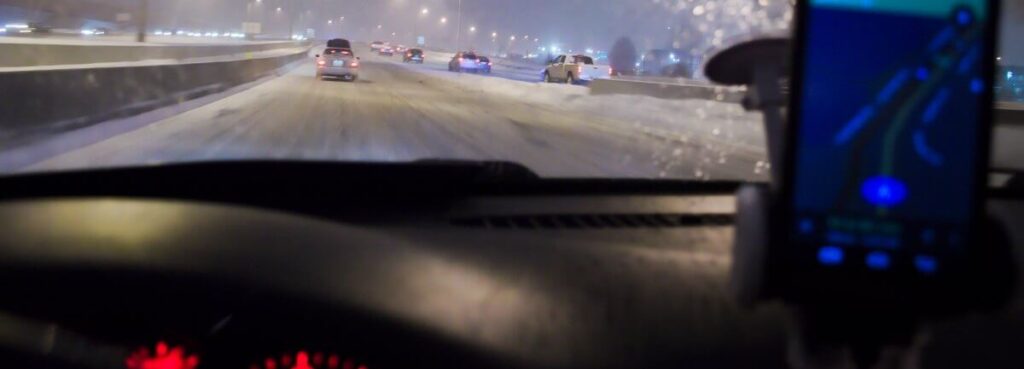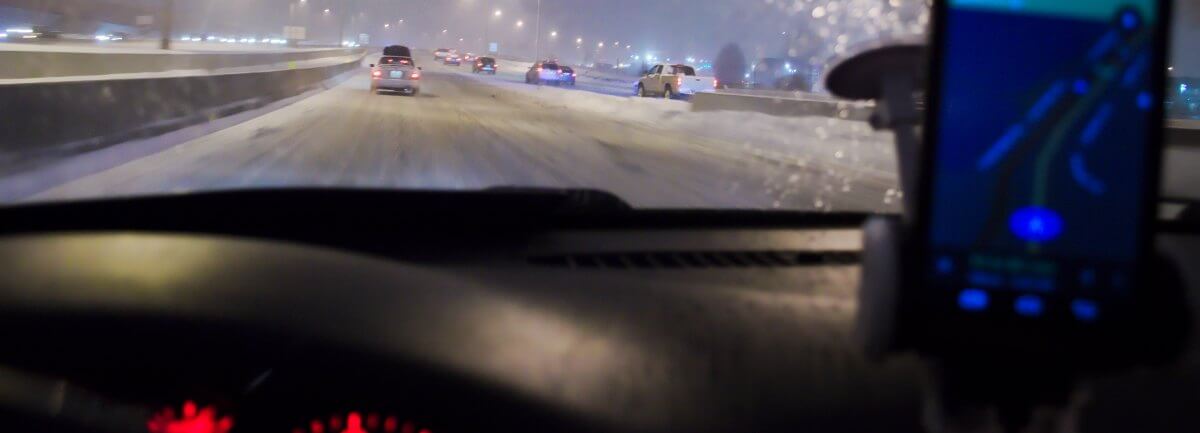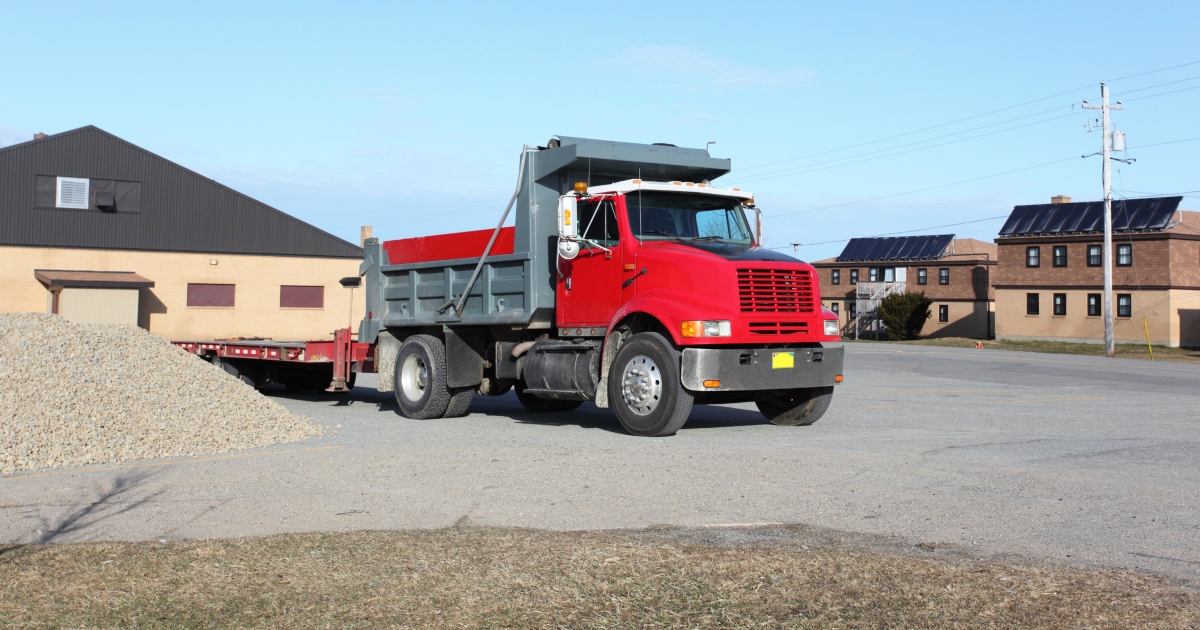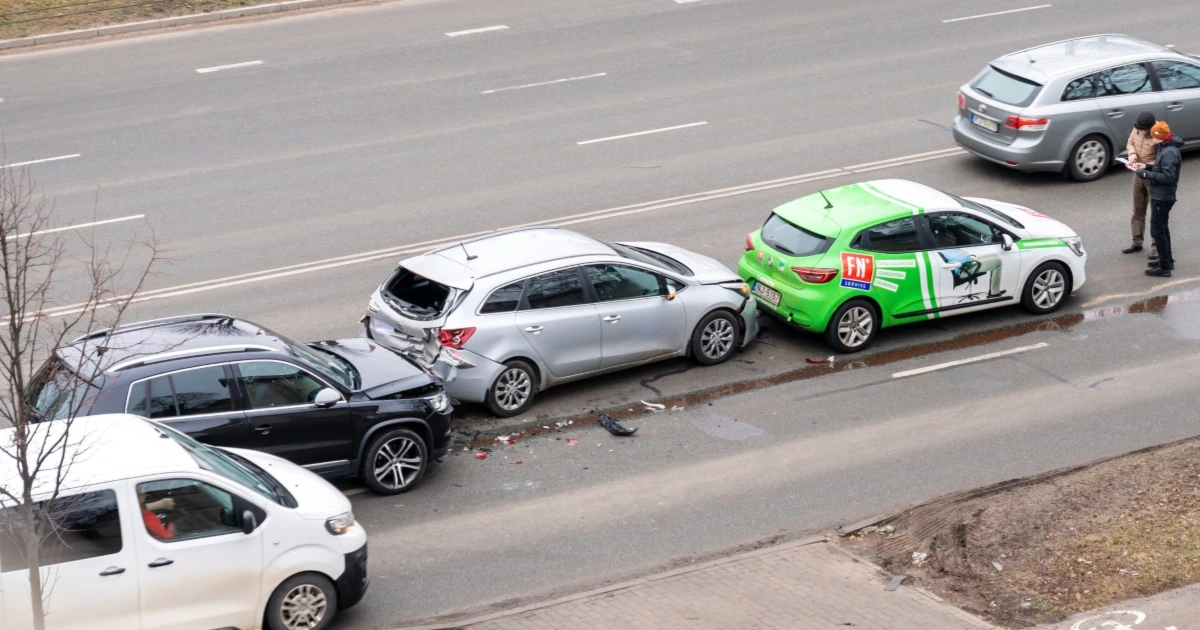Can the Other Driver Be Held Liable For a Car Accident in Low Visibility Conditions in Cleveland?

Bad weather, like snow or rain, can impair drivers’ visibility, contributing to dangerous car accidents that cause serious injuries. At the same time, low visibility caused by weather does not absolve drivers of responsibility for negligent behavior.
Below, Friedman, Domiano and Smith discusses liability for Cleveland auto accidents in low visibility conditions, like lake-effect snow. If you were injured in this type of collision, you may be able to seek compensation to pay for medical care, lost wages and the other damages you may be experiencing.
The legal process is difficult to manage on your own, which is why many crash victims contact an experienced Cleveland auto accident lawyer. At our firm, we have been helping crash victims for decades and have a proven track record.
Zero upfront costs. We do not get paid unless you do. Call 216-621-0070.
What Are Low Visibility Conditions?
Low visibility conditions are any weather conditions that make it harder for drivers to see other cars and/or the road.
For example, in the summertime, the sun can make it harder for drivers to see, especially early in the morning or when the sun goes down.
In the wintertime, drivers may encounter the following conditions that impair their visibility:
- Heavy fog
- Snow or blizzards
- Rain
- Hail
- Sleet
While these conditions are dangerous no matter the time of day, they are more dangerous at night, as darkness further impairs visibility. Unfortunately, some areas have broken streetlights that make it even harder to see what is around you.
There are other hazardous conditions that can impair visibility, even though they have nothing to do with the weather, such as:
- Tree branches or hedges that make it harder to see oncoming traffic when you are making a right turn
- Construction zones that jut out onto a roadway
- Poorly designed roads that have curves or hills that make it harder to see oncoming cars and determine if it is safe to pull out into the road
Lake-Effect Snowstorms in Cleveland
A lake-effect snowstorm is a weather condition that is unique to Northeast Ohio and the Great Lakes region. Cold air from the north mixes with the warm waters of the Great Lakes to create a narrow weather band that can produce two to three inches of snow in just one hour. The direction of the wind determines where the lake-effect snow is likely to fall.
There was a lake-effect snowstorm on November 27 and 28, 2023 that produced seven inches of snow in Chagrin Falls. Several other cities in Cuyahoga County also saw significant snowfall, including:
- Woodmere – five inches
- Solon – three inches
- North Royalton – three inches
- Shaker Heights – three inches
- Seven Hills – three inches
- Broadview Heights – two inches
- Brooklyn – two inches
The snow caused authorities to shut down schools in Cleveland and made it much more dangerous to drive on Interstate 90. Officials reduced speed limits on the interstate to help lower the risk of a crash.
How Impaired Visibility Can Increase the Risk of a Collision
Drivers cannot react to things they cannot see, or things they cannot see quickly enough. If you are struggling to see another car or another obstacle, you will not be able to slow down or stop in enough time to prevent a crash.
Impaired visibility can be combined with other hazardous conditions, such as icy or snowy roads. Water or ice makes it harder for your tires to maintain traction on the road, so even if you slam on the brakes, it is going to take longer for your car to stop.
It is also important to point out that your headlights face forward, so if you are trying to turn right, you may have trouble seeing oncoming traffic when there is rain or snow.
How Does Low Visibility Affect Liability For Damages From a Cleveland Car Accident?
It is easy to blame a car crash on factors that are out of your control, like the weather. However, this is not a legitimate argument, especially because there are often other factors at play, like the driver’s negligence.
Drivers Still Owe a Duty of Care
Regardless of the weather or other factors, drivers have a duty of care to take reasonable steps to help lower the risk of a collision. If the weather is bad, they need to take extra precautions.
For example, if it is tough to see, you should slow down and increase your following distance from other vehicles. Take your time when making turns and lane changes. You should also be cautious about your brakes – slamming on the brakes can be extremely dangerous if the road is icy or wet from snow or rain.
As temperatures drop, drivers need to make sure their windshield wipers work properly to help clear snow and rain from their windshields. Driving on old tires with worn treads is also dangerous, because you will have a harder time slowing down or stopping. Part of a driver’s duty of care is proper maintenance of his or her vehicle.
Even though bad weather can contribute to a car crash, drivers are often the ones held liable. In most situations, the crash could have been avoided if the driver had been more cautious.
Call Friedman, Domiano and Smith After a Car Crash Injury
Most car crashes are caused by one driver’s reckless actions, like speeding or following another car too closely in winter weather conditions.
Victims of these crashes often have many questions about filing an insurance claim and how much compensation they may need. At Friedman, Domiano and Smith, we field these types of questions every day, as we have recovered millions for auto accident victims in Northeast Ohio.
Call to schedule your free legal consultation: 216-621-0070.
Comments are now closed




Comments